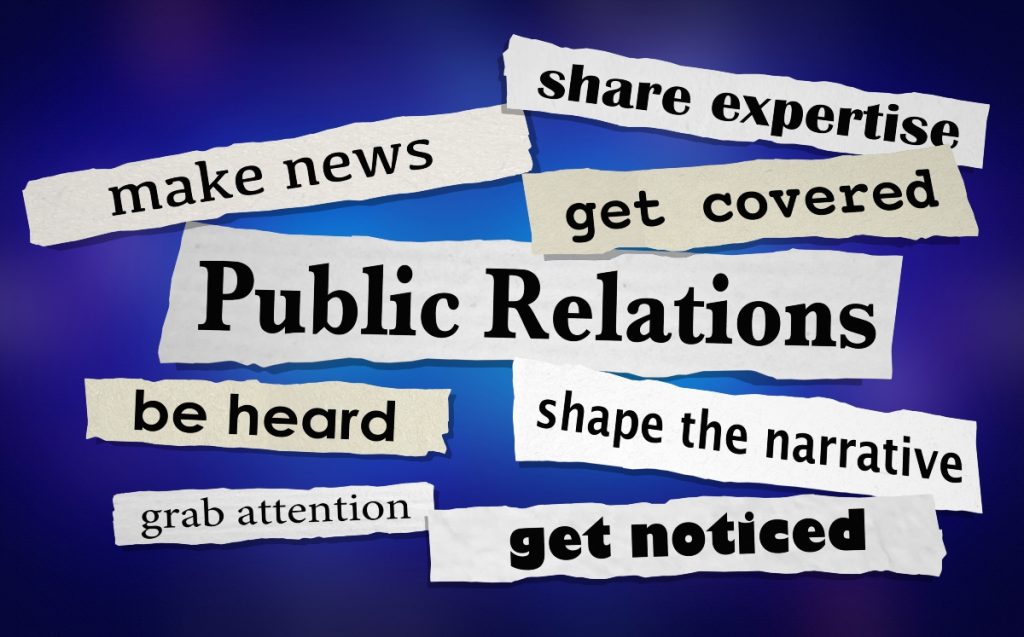When something goes wrong, the first place reporters, customers, and employees often look for answers is your website. In those first minutes, a crisis-ready website buys you time, trust, and control. The problem? Most sites aren’t built to publish fast under pressure. Pages are hard-coded, approvals bottleneck in legal, and “we’ll get to it” becomes hours of confusion. This guide is a practical crisis communication website checklist covering the public relations (PR) elements you should have in place before you need them: an alert banner, a newsroom with downloadable assets, an incident update hub (AKA: dark site), pre-approved language, and a simple workflow to publish fast. Implement these pieces now to reduce rumor spread and protect your reputation later.
What “Crisis-Ready” Means for a Website
A crisis-ready website meets a set of measurable capabilities. Your site should be able to publish clear, credible information fast, without engineering help, and make that information impossible to miss.
The Five Pillars for a Crisis-Ready Website:
- Speed: You can publish an initial statement in less than 10 minutes using a prebuilt template. No developer needed.
- Clarity: There’s a single source of truth (an incident hub) with plain-language updates, live timestamps, and a next-update time.
- Visibility: From any page, users can reach the hub in less than 2 clicks via a site-wide banner/notice and obvious homepage entry.
- Accessibility: Updates are readable on mobile, meet WCAG AA basics (contrast, alt text, keyboard nav), and never rely on image-only text.
- Control: Roles, approval paths, and an emergency bypass are defined. One person on-call always knows how to hit publish.
What this looks like in practice:
- Prebuilt pages and components: A content management system (CMS) template for “Incident Update,” a toggleable alert banner, a Newsroom/Media page, and a Media Contact page with a named human and backup.
- Stable URLs: A permanent /updates/incident-hub (or similar) you reuse for ongoing events. No URL churn.
- Credible structure: Sections for What happened, What we know / don’t know, What we’re doing, How to get help, and When we’ll update next.
- Operational guardrails: Draft → review → publish flow. Also, version history, rollback, and comments/inbox triage rules.
- Findability and tracking: Pages are indexable, have sensible titles/meta, and include analytics and UTM standards (these provide your analytics tool with information about the traffic source) to prove impact later.
PR Elements You Must Have for a Crisis-Ready Website
These are the pieces every crisis-ready website needs in place before anything happens. Build them once, rehearse them (at least) annually, and you’ll be able to publish fast without chaos.
Site-Wide Emergency Banner/Notice
Instantly direct every visitor to the single source of truth.
- Placement: Top-of-site bar or modal that appears on every page until dismissed.
- Speed: Toggle on/off from the CMS so you’re able to deploy in less than 60 seconds.
- Content: Plain text and link to the Incident Update Hub; include next update time.
- Behavior: Remains active until user has acknowledged; re-appears when there’s a new update.
- Accessibility: Keyboard focus, ARIA role=”status”, high-contrast text; no image-only banners.
Crisis/Incident Update Hub (AKA: Dark Site Page)
Your authoritative, continually updated home for all facts and actions.
URL and Structure:
- Stable URL: /updates/incident (reuse for the current event).
- Format: Latest-on-top feed with live timestamps and author/source label.
- Sections:
- What happened (summary)
- What we know / don’t know
- What we’re doing now
- Who’s affected / where to get help (support links, phone, FAQ)
- Next update by
- Previous updates (collapsible)
Must-haves:
- Subscribe controls: Email and/or SMS for update alerts.
- Media kit shortcut and press contact visible above the fold.
- Asset box: PDFs, images, or forms relevant to the incident (accessible formats).
- Able to be edited by Communications Staff without developers.
- Version history and rollback.
- On-call owner (or at least job title) is named on the page.
Newsroom/Media Resources
Reduce reporter back-and-forth and ensure accurate coverage.
Content Inventory:
- Statements and press releases (tagged by incident if applicable).
- Company boilerplate and leadership bios.
- Downloadable assets: logo set (RGB/CMYK/SVG), leadership headshots, facility photos, and short video clips.
- Fact sheet: 1-pager with key metrics, timelines, and contact.
Media Contact Page
Give journalists a human they can talk to so they don’t guess or publish outdated info.
Page Essentials:
- Named contact with direct email, phone, and office hours including the time zone.
- Backup contact (or distribution list) for after-hours.
- Press inquiry form with routing (category dropdown) and auto-reply confirming receipt.
- Crisis note: “During active incidents, media responses are prioritized.”
- Social handles for verification only (no DMs promised).
Boilerplates and Pre-Approved Language
Publish words fast without legal ping-pong.
Have these ready:
- Company boilerplate with plain language.
- Holding statement templates for most-likely scenarios.
- Customer-facing microcopy for banners and emails, Interactive Voice Response (IVR) for incoming calls, and social posts.
- Legal and privacy footers (what you can/can’t share and ongoing investigation wording).
- Tone guide: empathetic, factual, and action-oriented. It might also be helpful to have a “taboo phrases” list.
Governance and Workflow
A crisis-ready website isn’t just pages. It’s people, permissions, and a rehearsed path from draft to “live.” Use this section to hardwire speed without sacrificing accuracy.
Roles and Escalation
- Communications Lead (Responsible): Owns message, writes/updates hub, and flips banner. 24/7 on-call rotation with backup.
- Subject-Matter Owner (Consulted): Provides facts and approves technical accuracy (may be IT/Safety/HR).
- Legal (Accountable for risk): Pre-approves holding statements and boilerplates. Reviews novel claims.
- Web Publisher (Responsible): Ensures CMS access, templates, and rollback. In small teams, this may be the Communications Lead.
- Executive Sponsor (Informed): Signs off on major posture changes.
Draft-to-Publish Standard Operating Procedure
- Trigger
- Any on-call lead can trigger Crisis Mode based on predefined criteria (safety, outage, data incident, reputational event).
- Turn on the site-wide banner and link to the incident hub template (kept in Draft).
- Compose
- Open Incident Update template: fill What happened / What we know / What we’re doing / Who’s affected / Next update by.
- Add timestamp and source label (e.g., “Comms · 10:12 AM CT”).
- Review
- Subject Matter Expert confirms facts (yes/no edits).
- Legal gives a check for sensitive claims. If they can’t, use pre-approved holding statement.
- Publish
- Set the page Live and verify on mobile.
- Update banner to “Urgent” if needed and ensure it links to the live hub.
- Post the same text to owned channels (email/SMS if enabled, status page, social). Website remains the source of truth.
- Log and Notify
- Post the update link in the incident hub with a brief changelog (e.g., “v1 published; next update 11:00 AM CT”).
- Tag owner for the next update.
Versioning, Rollback and Evidence
- Change log: Each update starts with “Updated at [Time] by [Role]. Maintain a simple “v1, v2, v3” log at the bottom.
- Rollback: Keep previous version in CMS history. If you correct errors, note what changed and why.
- Evidence: Archive snapshots (PDF/HTML capture) after each major update for legal/compliance.
Comment and Inbox Moderation
- Unified triage: All inbound (form, email, social) labeled by audience: Media / Customers / Employees / Regulators.
- Response matrix:
- Media: route to Comms Lead and provide incident hub link with facts only.
- Customers: link to help resources, status/credit policy.
- Employees: incident hub/HR line.
- Regulators: legal-approved language and dedicated contact.
- Do not delete posts/comments that are critical of your business unless they violate policy. Respond with incident hub link and facts.
Is Your Website Crisis-Ready?
A crisis-ready website buys you time, trust, and control when the stakes are highest. With a clear update hub, a fast site-wide alert, pre-approved language, and a quick publish workflow, you turn confusion into clarity and keep reporters, customers, and employees aligned on the facts.
If you’ve checked a few boxes but not all, that’s normal. Just start working now to install the templates, rehearse the workflow, and set your next-update habit now — before you need it.
Need help? Book a no-obligation meeting with the 2oddballs PR team! Start out by filling out the contact form below.




